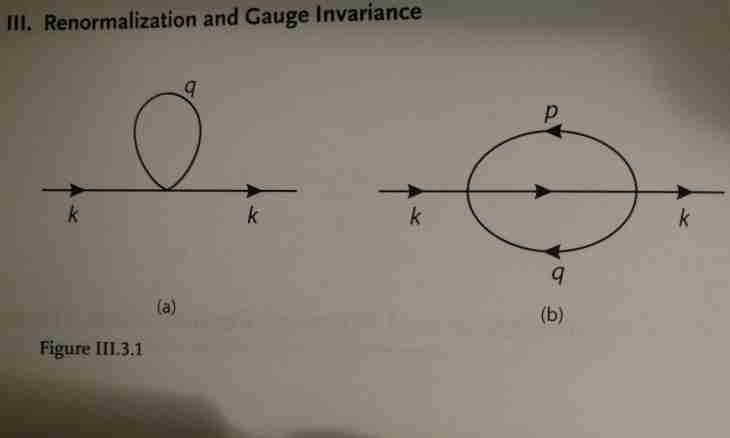How to calculate the area of a quadrangle
Quadrangle – the closed geometrical figure having two main numerical characteristics. It is perimeter and the area which is calculated on the known formula, proceeding from type of a polygon and conditions of a specific objective.
Instruction
1. The concept a quadrangle is the general name for several geometrical figures. It is a parallelogram, a rectangle, a square, a rhombus and a trapeze. Some of them – special cases of others, respectively, a formula of the areas follow one of another by various simplifications.
2. To calculate the area any dependences on its version. For this purpose it is enough to know lengths of diagonals which at it two and also corner size between them: S = 1/2 · d1 • d2 • sin α.
3. Feature of a parallelogram – paired equality and parallelism of the opposite parties. There are several formulas for finding of its area: the work of the party on height which is carried out to it and also result of multiplication of lengths of two adjacent parties by a sine of the angle between them: S = a • H; S = AB•BC • sin ABC.
4. A rectangle, a rhombus, a square – all this special cases of a parallelogram. At a rectangle each of four corners makes 90 °, the rhombus assumes equality of all parties and perpendicularity of diagonals, and the square has properties both of them, i.e. all its right angles, and the parties are equal.
5. Proceeding from these features, the areas of each of the described figures are determined by formulas: S_pryam = a•b – the party of b is at the same time and height; S_romb = 1/2•d1•d2 – the investigation from the general formula of the work of diagonals at simplification of sin 90 ° = 1; S_kv =² – the parties are equal to an and are at the same time heights.
6. The trapeze differs from other quadrangles in the fact that are only two of its parallel. However they are not equal among themselves, and two other parties – are not parallel each other. The area of a trapeze is equal to the work of the half-sum of the bases (the parallel parties which are usually located horizontally) on height (the vertical piece connecting both bases) :S = (a + b) • h/2.
7. Besides, the area of a trapeze can be calculated if all lengths of the parties are known. It is quite bulky formula: S = ((a + b)/2) • √ (with² - (((b - a)² + with² - d²) / (2 • (b - a)))²), c and d – sides.
Author: «MirrorInfo» Dream Team

